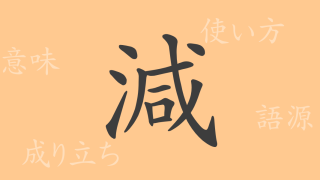Color is a mirror reflecting culture, and Japan boasts a plethora of traditional colors. Among these, the vibrant and historically rich “Turmeric Color (鬱金色(うこんいろ))” symbolizes Japanese tradition and aesthetic consciousness. This article delves deep into the allure of Turmeric Color, uncovering the secrets of its shade and exploring its Western name.
About Turmeric Color (鬱金色(うこんいろ))
Turmeric Color (鬱金色(うこんいろ)) is a bright yellow shade deeply rooted in Japan’s natural landscapes and seasonal transformations. The name originates from the turmeric plant, known in Japanese as 鬱金(うこん), whose yellow flowers inspire this color’s imagery. Traditionally used in clothing and everyday items, Turmeric Color has seamlessly integrated into Japanese life.
History of Turmeric Color
The history of Turmeric Color dates back to the Heian period, where it was used in the garments of the aristocracy. Known as a symbol of the noble class, it was considered appropriate for prestigious occasions. Additionally, Turmeric Color plays a significant role in Buddhism, being used in the decoration of statues and temples.
Color Code of Turmeric Color
For digital design and web production, knowing the color code of Turmeric Color is essential. Below are the key codes:
- HEX: #FABF14
- RGB: R:250 G:191 B:20
- CMYK: C:5 M:32 Y:89 K:0
Western Name for Turmeric Color
The Western name for Turmeric Color is “Turmeric Color,” derived from its association with turmeric in the West, a spice known for its vivid yellow hue that recalls the color of Turmeric.
Summary on Turmeric Color
As a traditional Japanese color, Turmeric Color continues to enchant people with its history and beauty. Revalued in modern fashion and design, it radiates new allure. Understanding the deep significance and beauty of this color can enhance appreciation of Japanese culture.

























